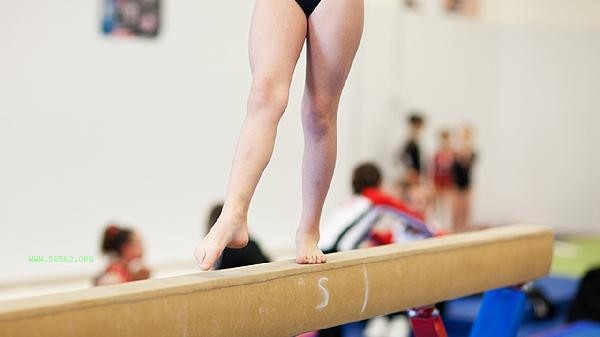Women's fitness needs to focus on issues such as fitness intensity adaptation, physiological cycle adjustment, nutritional supplementation, joint protection, and psychological adjustment. The main precautions include individualized exercise intensity, menstrual training adjustment, protein and iron supplementation, knee and lumbar joint protection, and avoiding body anxiety.

1. Individualized exercise intensity
Women have lower basal muscle mass than men, and it is recommended to use progressive load training. In the initial stage, weight training can be started, with 2-3 strength training sessions per week combined with aerobic exercise. The duration of each training session should be controlled within 60 minutes. Avoid blindly imitating male training plans, and pay special attention to the activation training of rotator cuff muscles and pelvic floor muscles.
2. Menstrual Training Adjustment
Hormonal level changes significantly affect exercise performance at different stages of the menstrual cycle. During the luteal phase, the intensity of aerobic exercise can be appropriately reduced, while during the ovulation phase, high-intensity interval training is suitable. When dysmenorrhea is severe, abdominal compression movements should be paused and replaced with soothing yoga or swimming. Recording the relationship between menstrual cycle and exercise status can help develop personalized plans.
III. Protein and Iron Supplementation
The daily protein requirement for women is 1.2-1.6 grams per kilogram of body weight, and supplementing whey protein within 30 minutes after exercise is more effective. Individuals with significant loss of iron should consume more heme iron from animal liver and blood products, while also promoting absorption with vitamin C. Vegetarians should pay attention to the bioavailability of plant-based iron.

Fourth, Knee and Lumbar Joint Protection
Women with larger Q angles are prone to knee joint injuries, so when squatting, it is necessary to keep the knee and toe direction consistent. Hard pull training should tighten the core to avoid lumbar compensation, and it is recommended to use a weightlifting belt as an aid. Fully activating the gluteus medius muscle before exercise can effectively prevent iliotibial band syndrome, and elastic band side walking can be chosen as a warm-up exercise.
Fifth, avoid body anxiety
Fitness goals should focus on improving function rather than simply losing weight, and maintaining a body fat percentage of 22% -25% is considered healthy. Avoid excessive pursuit of aesthetic standards such as vest lines that may lead to excessive exercise, and be alert to the risk of eating disorders. It is recommended to undergo regular body composition testing, focusing on changes in muscle mass rather than just weight numbers.

Women's fitness needs to establish long-term health management awareness. Calcium and magnesium intake can be appropriately increased before and after menstruation to relieve muscle spasms, and electrolytes should be replenished in a timely manner after training to prevent dehydration. When choosing sports underwear, ensure sufficient support, and it is recommended to wear medium to high support styles for high-intensity training. Foam axis relaxation within 48 hours after strength training can effectively relieve delayed muscle soreness, and ensure 7-8 hours of high-quality sleep every day to promote recovery. Regularly evaluate the rationality of the training plan, and adjust the exercise plan in a timely manner if sustained fatigue or menstrual disorders occur.






Comments (0)
Leave a Comment
No comments yet
Be the first to share your thoughts!